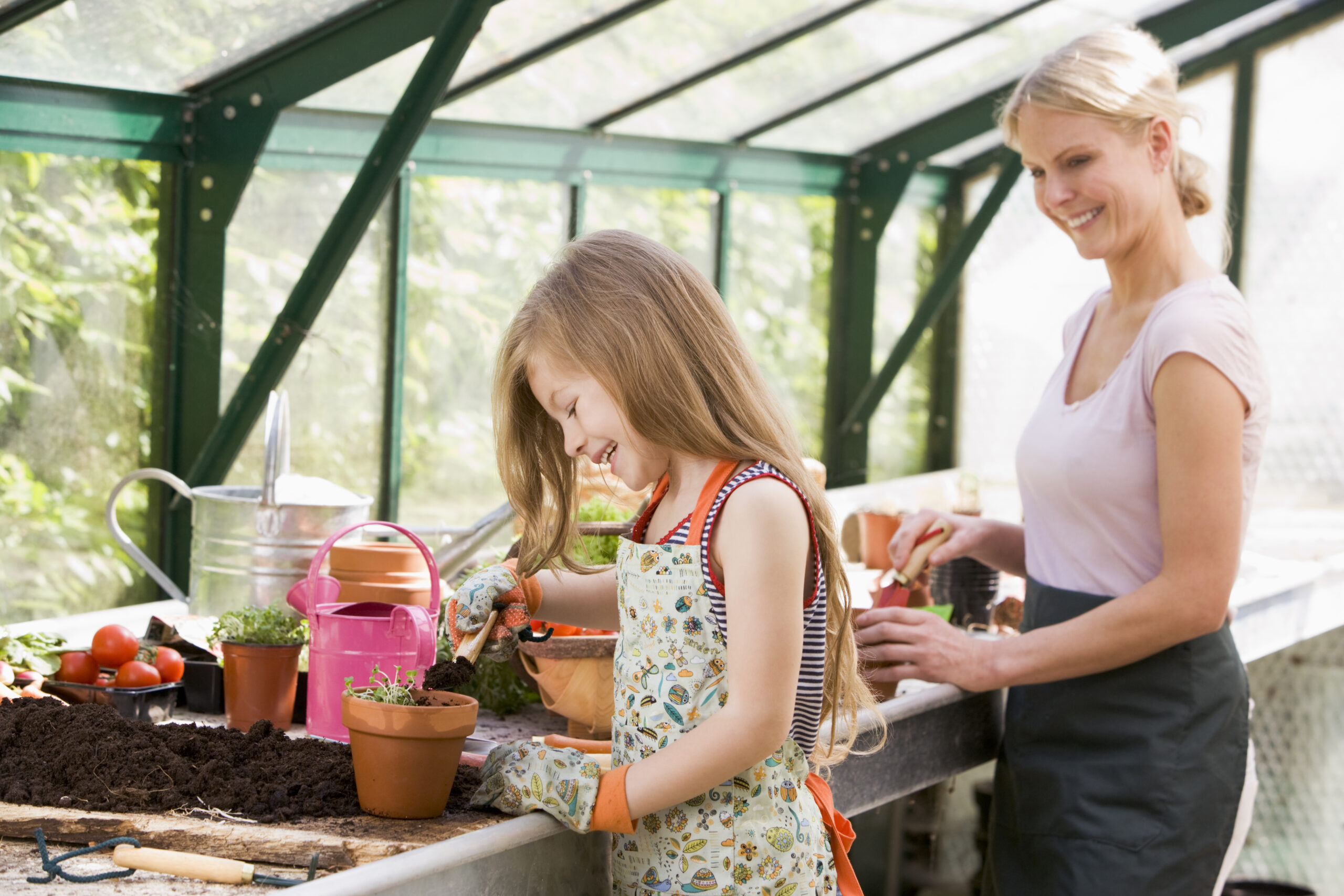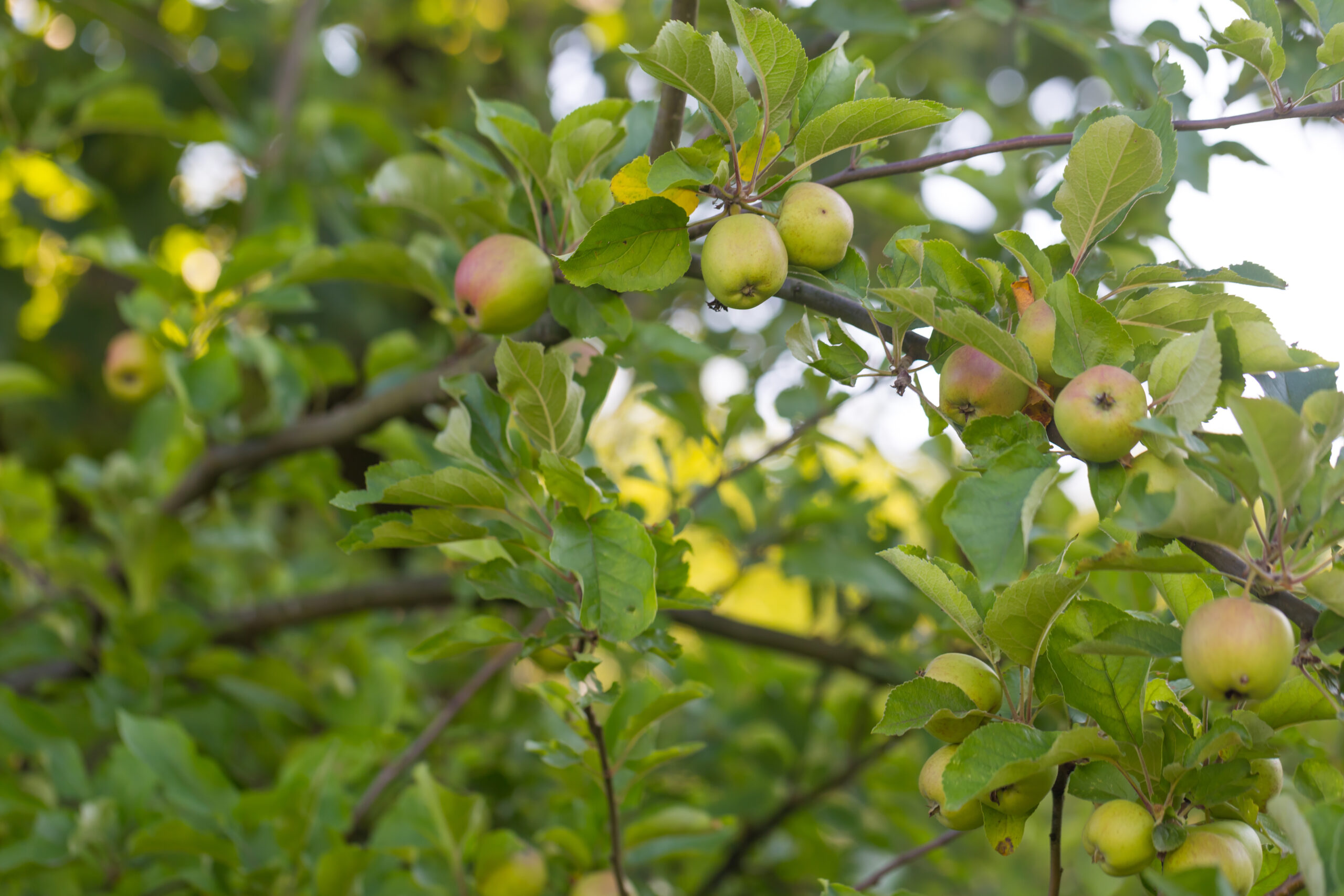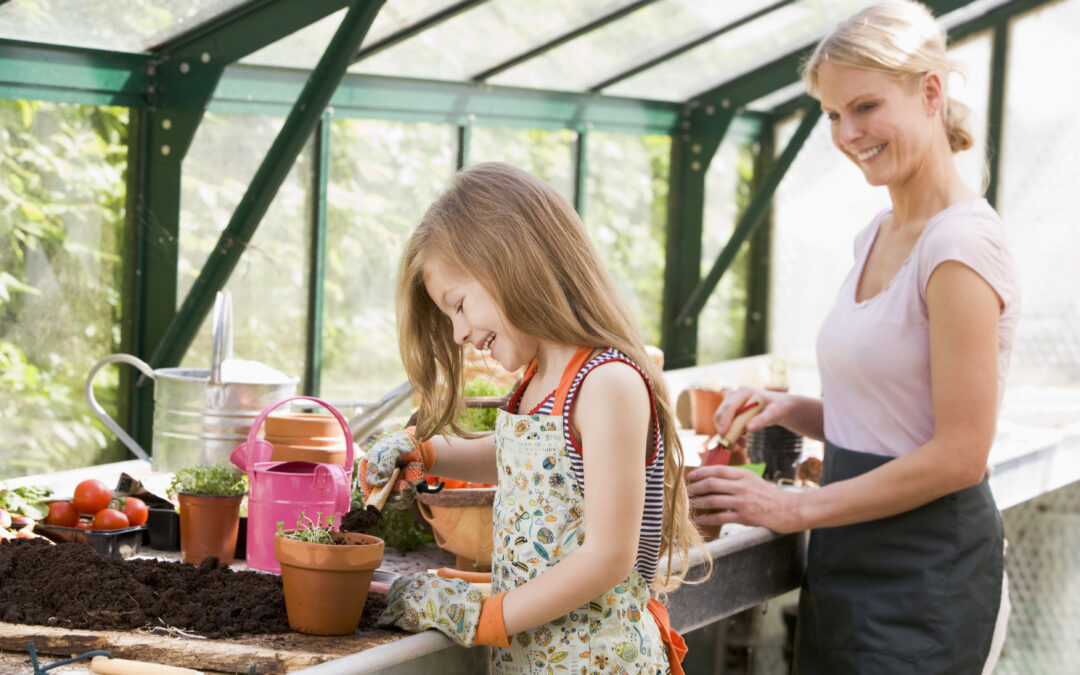Starting your own organic garden can be a fun and rewarding experience. Not only will you get to enjoy fresh, healthy produce straight from your backyard, but you’ll also have the satisfaction of knowing that you grew it yourself without any chemicals or pesticides. In this guide, we’ll walk you through everything you need to know to start your own organic garden.
Soil and Fertilizer: The Foundation of Your Organic Garden
The first step in starting an organic garden is preparing the soil. You want to make sure that your soil is rich in nutrients and has good drainage so that your plants can grow strong and healthy. One way to do this is by using compost instead of traditional fertilizers. Compost is made up of decomposed plant matter and can provide all the necessary nutrients for your plants to thrive. To make your own compost, simply save your food scraps and yard waste in a bin and let nature take its course.
Another option is to use natural fertilizers like fish emulsion or seaweed extract. These products are made from sustainable sources and can give your plants a boost of nutrients when they need it most. Just remember not to overuse fertilizers as too much can harm your plants just as much as too little.

Choosing the Right Plants for Your Organic Garden
Once you have your soil prepared, it’s time to choose the right plants for your organic garden. There are many different types of vegetables and fruits that you can grow, so it’s important to pick ones that are suitable for your climate and growing season. Some popular options include tomatoes, lettuce, spinach, carrots, and peppers. When choosing which varieties to plant, look for heirloom seeds or open-pollinated seedlings. These types of seeds are more likely to be genetically diverse and better adapted to changing environmental conditions.
To ensure success, consider planting some easy-to-grow crops at first such as radishes, green beans, and zucchini. As you gain more experience, you can try your hand at more challenging crops like corn or watermelon.
How to Control Pests and Diseases in an Organic Garden
One common concern with organic gardening is how to control pests and diseases without resorting to harsh chemicals. Luckily, there are several natural methods you can use to keep your plants healthy and safe from harm. For example, you can attract beneficial insects like ladybugs and lacewings to your garden by planting flowers like marigolds and lavender. These bugs love to snack on common garden pests like aphids and mites.
You can also use companion planting techniques to prevent pest infestations. Companion planting involves planting certain plants together that naturally repel pests or attract beneficial insects. For instance, planting garlic alongside your roses can help ward off aphids while also improving the flavor of your rose blooms.

Harvesting and Preserving Your Organic Garden Bounty
Finally, once your plants have grown and matured, it’s time to reap the benefits of your hard work! Harvest your veggies and fruits at their peak ripeness to ensure maximum taste and nutrition. If you have excess produce, consider preserving it for later use. Common methods of preservation include freezing, canning, and dehydrating. By doing these things, you can extend the life of your garden bounty well into the winter months.
In conclusion, starting your own organic garden can be both fulfilling and rewarding. With careful planning, attention to detail, and a bit of elbow grease, anyone can create a beautiful and productive organic garden. So what are you waiting for? Get started today and enjoy the fruits (and veggies) of your labor!



